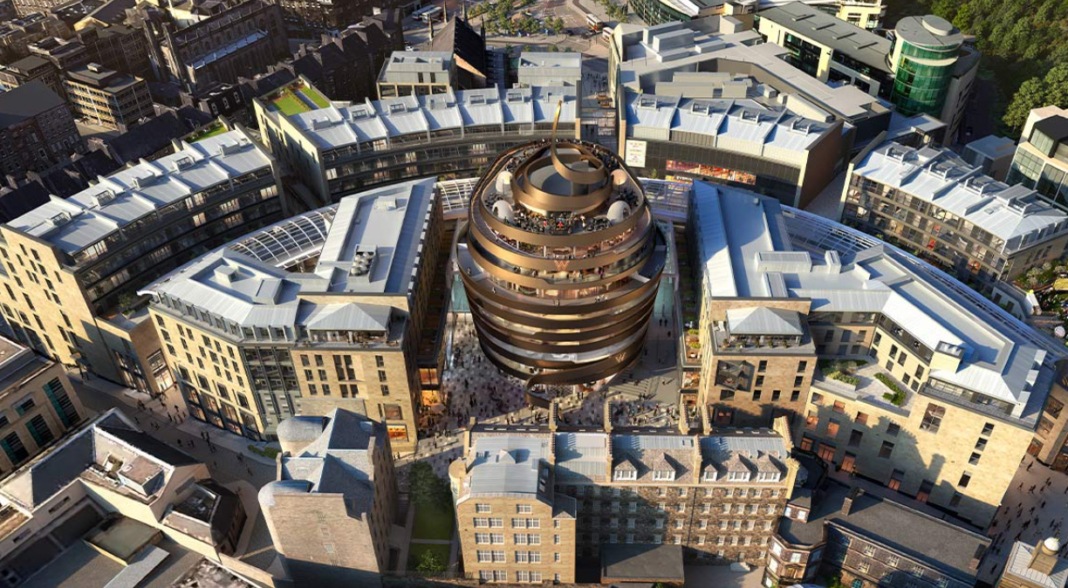
LISMORE Real Estate’s review of the Scottish investment market for the first quarter of 2021 has highlighted a ‘subdued’ start to the year.
With Covid restrictions continuing to bring challenges to the property market and economy, Lismore revealed this has ‘inevitably had an impact on quarter one transaction volumes’, with trading at £175 million – some 70% lower than the five-year average.
However, Lismore is predicting a stronger quarter two.
Chris Thornton, associate at Lismore, explained, “The true impact of the economic shutdown over the last year has yet to be fully realised. However, the beginning of restrictions easing and the successful vaccine roll-out is starting to offer light at the end of what has been a very long tunnel.
“The impact across property sub-sectors is varied. The logistics and industrial juggernaut continues to move apace, with the £14.3m acquisition of Titan at Eurocentral being the standout deal of the quarter. Demand continues to outstrip supply and we are beginning to witness speculative logistics development across the central belt. With such strong market dynamics, those currently on-site with speculative developments are likely to be the early winners.
“Any talk of the demise of offices is hugely over-stated, with the majority of workers keen to reconnect with colleagues, with some form of blending working likely to be the norm, as restrictions begin to ease. Staff well-being is now firmly at the top of the agenda for offices and those buildings that offer (or can be adapted to offer) features to meet occupier demands will succeed and thrive. Those that can’t will come under serious pressure from occupiers and see a softening in values.
“The living sector continues to be top of many investors buying lists and we anticipate that the leisure sector will enjoy a post-Covidbounce. Those operators that have survived should see a strong return of business, although returning to significant profit levels may take longer.”
Lismore’s review also revealed that ‘structural change’ in continuing within the retail sector, with the pandemic accelerating changes.
New players are entering the retail warehousing market, while shopping centre owners are having to accept ‘huge value reductions’ with recent examples in Scotland showing anywhere between 50-75%.
The Lismore Quarterly Review features two in-depth interviews, one with Graham Lind from Ediston Real Estate and Martin Perry from Nuveen Real Estate, who is leading the redevelopment at the St James Quarter, jointly owned by Nuveen and APG.
Graham Lind, director of retail warehousing at Ediston Real Estate, said, “The retail warehousing was proving a resilient sub-sector and even prior to the dawn of the pandemic and despite the difficulties of the last two years void rates across the sector remain relatively low at around 5%. Tenant failure will continue to be a concern after the pandemic recedes and rental values across the sector will be under pressure for some time to come. As capital value reductions bottom out, the resilience of rent collection and low vacancy rates will attract lenders back but I don’t think it will be until 2022.”
Martin Perry, director of development, real estate, Europe at Nuveen Real Estate, added, “The challenge over the next five years is that the cost/value relationship has been substantially altered by digital progress and the property industry needs to respond faster to this and modernise practices in all areas including governance, investment, leasing and operation. There are significant challenges ahead but with the right changes, approach and investment, good returns for all participants can still be achieved.
“There are two key measures that the government should be urgently enacting. The first is the suspension of business rates for the entire period to allow for full recovery of physical retail, and secondly, the need to level the playing field between physical retailers and on line retailers by introducing online sales taxes and allowing the revenue generated to be put back into the upgrading of physical retail environments, such as town centres, before these options cease to become viable.”









